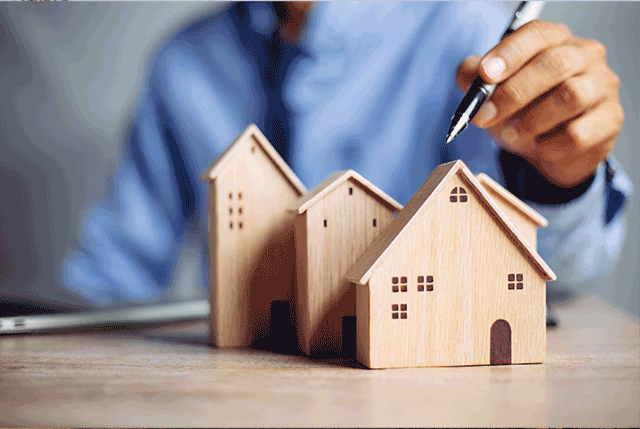Evolving Lifestyles: How Property Development Adapts to Cultural Shifts
Read latest blogs and articles from Housystan

The Information mentioned here was last updated on:
11/12/2025The landscape of property development is constantly evolving, shaped by cultural trends and shifting lifestyles. In today’s world, developers in cities and regions across the globe are recognizing the importance of creating spaces that reflect local values while embracing modern living. By blending traditional influences with contemporary amenities, property development firms are redefining communities for the future.
As more individuals seek urban convenience along with a connection to heritage, property developers are responding with innovative approaches. Sustainable design, eco-friendly materials, and smart technology integrations are now standard features in many new builds. These advancements not only reduce environmental impact but also cater to residents’ desire for healthy, efficient, and future-proof living environments.
Community-driven design is another hallmark of modern property development. Developers are collaborating closely with local stakeholders to ensure new projects enhance the area’s unique identity. This might include incorporating regional architectural styles, supporting local businesses through mixed-use developments, or providing green spaces that foster social interaction and well-being. Such thoughtful planning helps cultivate vibrant neighborhoods that attract families, professionals, and retirees alike.
- Verified Tenants/Buyers
- Unlimited Property Listing
- Zero subscription/charges fee
Affordability and accessibility remain at the forefront of the evolving property market. By implementing flexible layouts, modular construction methods, and inclusive amenities, developers are making homeownership and quality rentals more attainable. In growing metropolitan areas and emerging suburban hubs, mixed-income housing projects are gaining traction, offering diverse options for a wider range of residents.
Technology is revolutionizing the property sector, from virtual tours to smart home automation. These innovations streamline the buying process, enhance security, and improve energy management, making modern living seamless and appealing. In regions experiencing rapid cultural shifts—such as urban centers in North America, Europe, and Asia—developers are quick to adopt these tools to meet changing expectations.
Ultimately, property development is a reflection of the communities it serves. By adapting to lifestyle changes and cultural trends, developers are not only meeting current demands but also laying the groundwork for sustainable, inclusive, and dynamic neighborhoods. This localized, forward-thinking approach ensures that real estate continues to thrive amidst ongoing societal transformation.